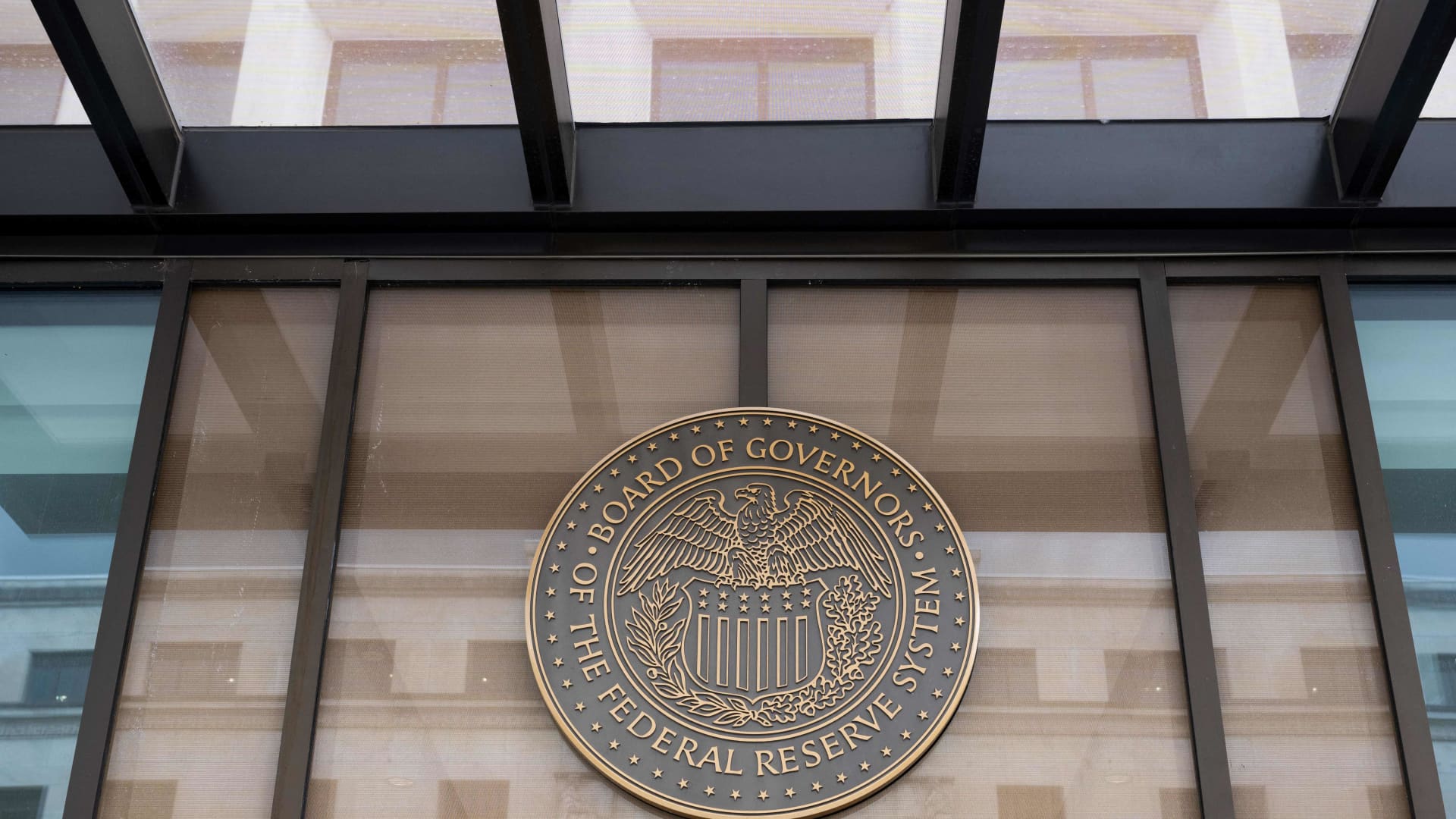The debt ceiling crisis is over now that the bill has been signed , but investors still need to navigate the aftermath. There are opportunities — but also potential minefields to avoid — after the debt ceiling is lifted, such as an influx of Treasurys, according to some analysts. Here’s what they’re saying. Risk assets Paul Gambles, managing partner of the MBMG Family Office Group, said he expects “risk assets and risk currencies to briefly rally in relief” following the debt ceiling deal, but added that it creates challenges “at a portfolio level.” “While the patterns of data have been interrupted by the policy-driven economic and market interruptions of the last few years in particular, it’s not clear whether the rollercoaster ride will continue and cross-asset correlation will continue to render traditional diversification meaningless,” he added. Gambles said the debt ceiling fiasco was the “latest iteration” of a series of systemic missteps by the U.S. Federal Reserve and Treasury Department, citing aggressive asset purchase programs after the pandemic that contributed to the country’s persistent inflation. For now, he said the short-term prospects for risk assets will be “highly fragile.” U.S. Treasuries Investors should also expect “massive volatility” in short-term U.S. Treasurys following the deal, given that the Treasury needs to issue a large tranche of those bonds , Gambles warned. In a June 4 report, Citi said it expects a net increase of about $400 billion in U.S. Treasury bill issuance in the near term — the bulk of it in short-duration bills. “Such a heavy supply of ‘risk free’ high yielding Treasuries is competition for investor assets of every sort,” Citi said, adding that with six-month bills now yielding near 5.5%, the bulk of the borrowing will initially be focused in the highest-yielding, least risky Treasurys. “This is more likely than not to effectively tighten financial conditions in the period just ahead,” it concluded, adding that other markets are likely to perform poorly “for a time.” ‘Biggest beneficiaries’ The “biggest beneficiaries” in the current market are likely to be gold miners and long-duration Treasurys, Gambles said, adding: “That’s where we’re really going to see the price hikes.” He said the Japanese yen is also a buy. “If you still believe that U.S. policymakers have got it covered, and this is the first time that they’re going to successfully engineer a soft landing, I think that those provide portfolio insurance,” he told CNBC. “If you think that there’s a high risk that they’re gonna get it wrong, then the best sectors to be in [are] gold miners and zero coupon 25-year Treasurys.” Citi, meanwhile, said that opportunities could emerge in non-U.S. debt — especially higher-yielding, investment-grade emerging market bonds. U.S. banks However, Citi analysts also cautioned that there is the potential for higher Treasury yields to siphon deposits away from the weaker U.S. banks. “A shift from bank deposits to U.S. Treasuries should not necessarily result in new bank failures, but the systemic risk for banks may rise again despite the 4.8% rally in regional bank shares this week,” said Citi. The bank’s analysts urged investors to be wary of the most vulnerable banks, especially those whose portfolios contain a high percentage of commercial real estate loans. Small and mid-caps Citi noted that small-cap stocks are tied to the performance of regional banks. However, the bank said they could recover once regional bank shares do better on the back of stabilizing economic conditions. “While it may be a bit premature to add [small and mid cap shares] during the Treasuries borrowing boom, quality small cap value shares look compelling at current levels with a multiyear time horizon,” the bank said, adding that profitable small-cap names are now trading at a 26% discount to their larger peers. “In 2024, when the Fed pivots, we also expect a catch-up in small cap growth shares, led by non-cyclical health care and technology firms. Remember that ‘bearish investors’ have a record amount of sidelined money to put to work,” Citi added.


